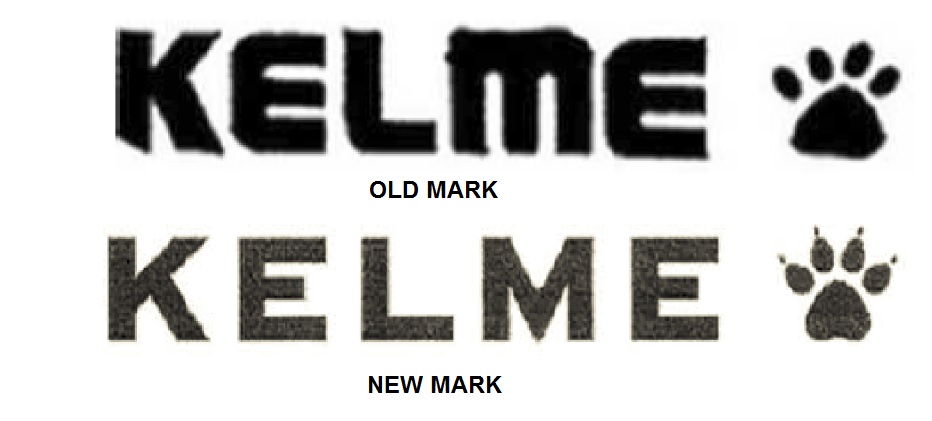In Jack Wolfskin Aurrustung for Fraussen GmbH & Co. LGAA v. New Millennium Sports, S.L.U, [2014-1789] August 19, 2015, the Federal Circuit affirmed that New Millennium had not abandoned its mark by making changes to its presentation.
The Federal Circuit agreed that the word element of the mark, was “far more distinctive than the lettering in which it is presented” and therefore the change in the style of the lettering did not materially affect the impression created by the word. The Federal Circuit further agree that the addition of claws to the paw prints did not materially altered the mark because the claws are “a very small component” and because “it is common knowledge that an animal’s paws are accompanied by claws.”
Having found that Opposer had not abandoned its mark, the Federal Circuit then turned to the whether applicant’s mark was confusingly similar to Opposer’s mark, as the TTAB had found.
Jack Wolfskin argued that the Board’s decision lacked substantial evidence supporting the similarity of the marks and the number and nature of similar marks in use.
Regarding similarity of the marks, the Federal Circuit noted that marks must be viewed in their entireties, and it is improper to dissect a mark when engaging in this analysis, including when a mark contains both words and a design. Further, when a mark consists of both words and a design, the verbal portion of the mark is the one most likely to indicate the origin of the goods to which it is affixed. The Federal Circuit agreed with applicant that the Board failed to adequately account for the presence of the literal “KELME,” and essentially disregarded the verbal portion of the mark in finding that the paw print designs were substantially similar, failing to consider the marks as a whole.
The Board justified its decision to focus on the paw print elements by stating that companies often use the design portion of a composite mark as shorthand for their brand. The Federal Circuit did not necessarily dispute this, but said that the concept could not be invoked without supporting evidence. This is not to say that the Board cannot, in appropriate circumstances, give greater weight to a design component of a composite mark, but when it places such heavy emphasis on an oft-used design element, it must provide a rational reason for doing so.
Regarding third party usage, the Federal Circuit said that evidence of third-party use bears on the strength or weakness of an opposer’s mark. The weaker an opposer’s mark, the closer an applicant’s mark can come without causing a likelihood of confusion and thereby invading what amounts to its comparatively narrower range of protection. The Federal Circuit determined that the extensive evidence of third-party uses and registrations of paw prints indicates that consumers are not as likely confused by different, albeit similar looking, paw prints, and thus the conclusion that this factor was neutral is not supported by substantial evidence.


